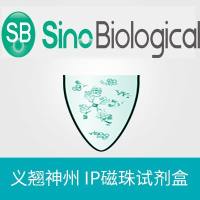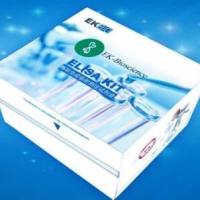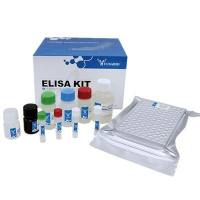Autoradiography of Peptide Receptors
互联网
500
An important step in understanding receptor function is determining the tissues and cells in which they are expressed. Classical physiological, biochemical, and membrane binding studies, however, usually provide inadequate spatial resolution to determine the anatomical and cellular localisation of specific receptors, particularly where there is a multiplicity of receptor subtypes. Therefore, alternative methods have been developed to provide the required anatomical and cellular resolution, the most widely used of which is in vitro receptor autoradiography. The methods are relatively simple and versatile and are applicable to the analysis of secondary messenger systems, ion channels, and enzymes (see Chapter 11 ) as well as receptors and may be used in combination with complementary techniques such as immunohistochemistry and in situ hybridization (1 ). The widespread use of receptor autoradiography reflects the utility of the technique and the advantages it offers over membrane binding studies, in particular the capacity both to localize and quantify ligand binding within heterogeneous tissues without compromising either ligand binding or histological preservation. It is possible to detect and analyze regional differences in the distribution of receptor subtypes within a single tissue sample and thereby derive information that would be difficult, if not impossible, to obtain with other methods.









